Prasman comes from tropical America. This plant forms many saplings and can be found from the lowlands to an altitude of 1600 m above sea level. Many are planted in hilly and low mountain areas near housing. Shrubs, height 50 - 100 cm. Woody stem, segmented, branched, thick-haired, pink. Single leaf, face position, shaped lanceolate, pointed tip, base tapered, flat edges, slippery surface, with 3 curved bones, 5 - 8 cm long, 1 - 2 cm wide, green.
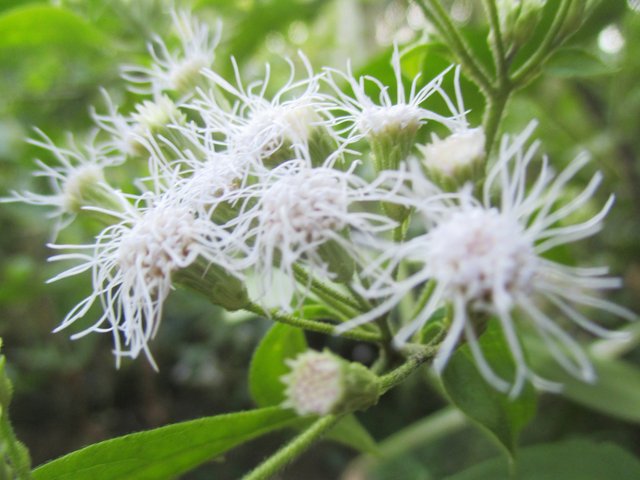
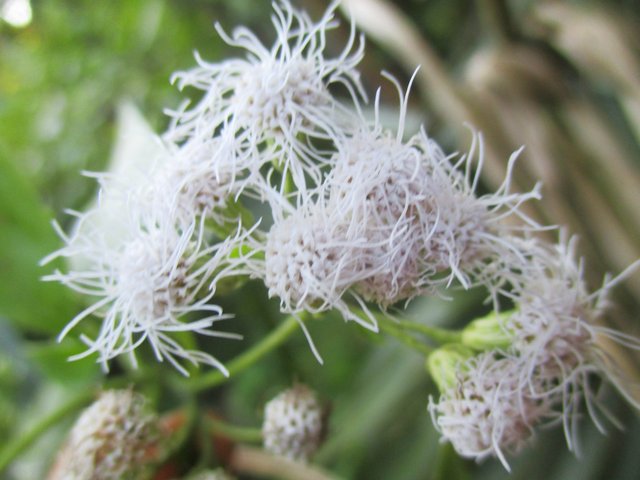
Compound flowers, out from the tip of the stem, long flower stalk + 4 mm, loose petals, consisting of 5 petals, purplish green, star shape crown, small, white hair, reddish purple. Fruit in the form of kendaga fruit. Propagation by seed or root cuttings. Plant part used: Leaves.
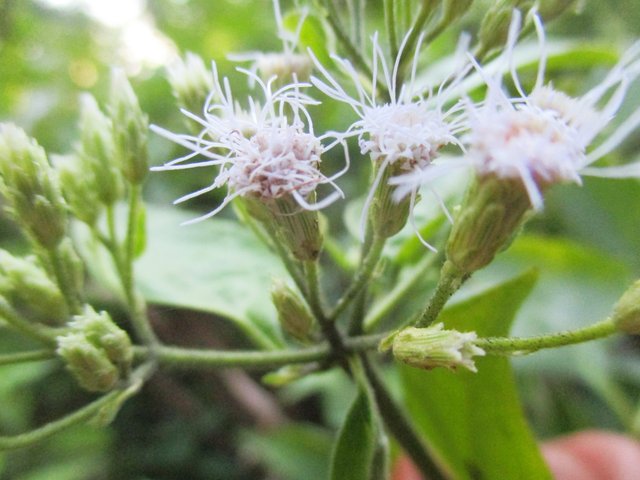
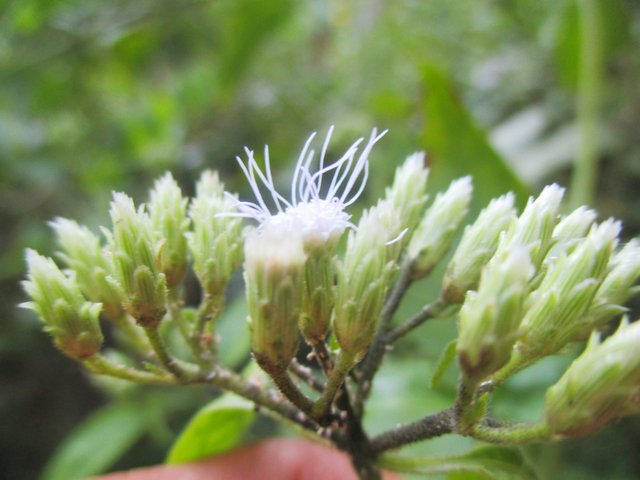
Chemical content: Prasman leaves contain essential oils (including cumarin), ayapanin (7-methoxy-coumarin), ayepin, and timohidrokuinon. The active ingredient ayapanin and ayepin efficacious hemostatis. While the prasman root contains saponins, flavonoids, and polyphenols.
Prasman Plants sprue medicine, lack of appetite, nosebleeds, irregular menstruation; Urinate slightly, swollen (edema), water drops, fever, runny nose; Chronic diarrhea.
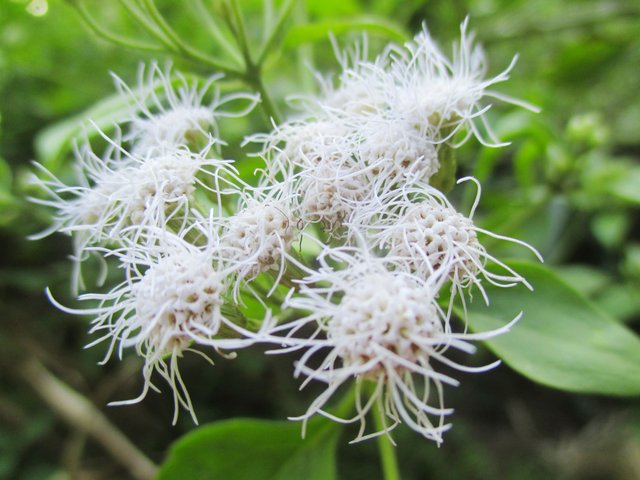
thank you for reading my post,
Interesting flowers.
Downvoting a post can decrease pending rewards and make it less visible. Common reasons:
Submit